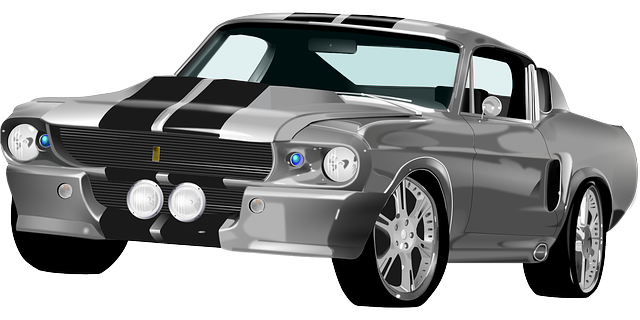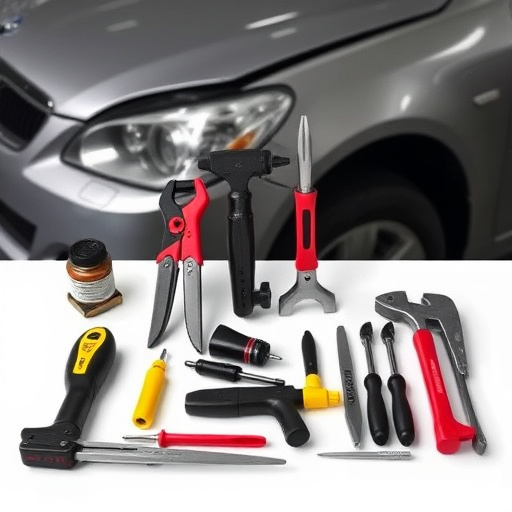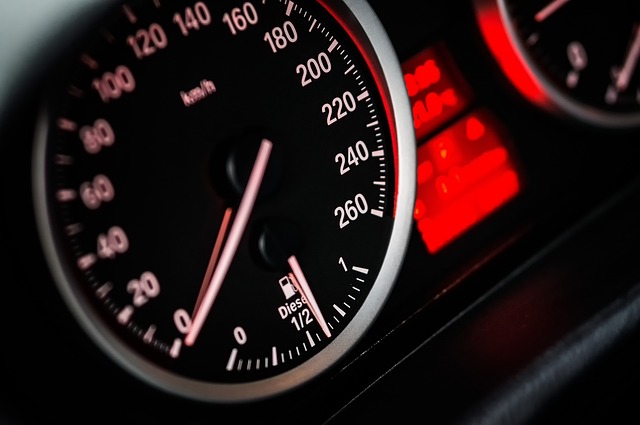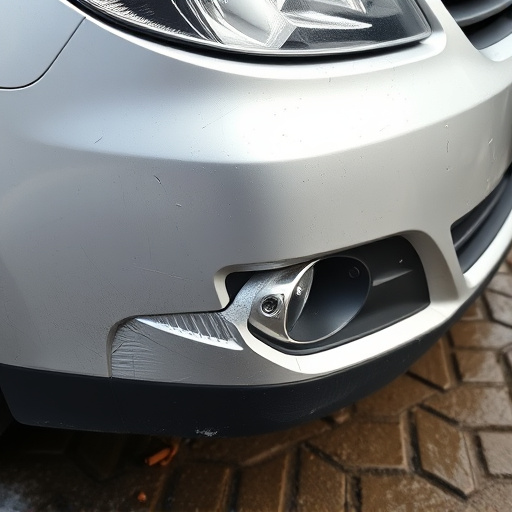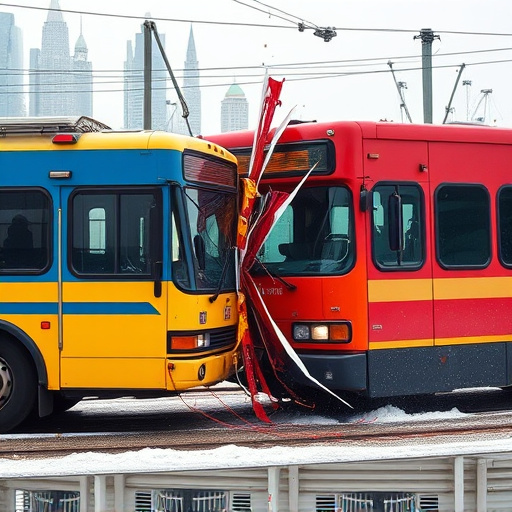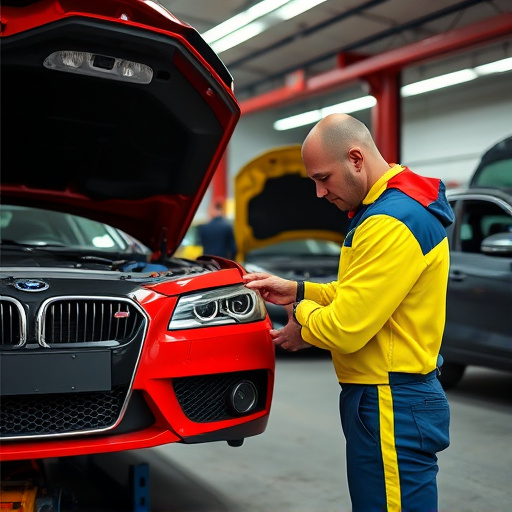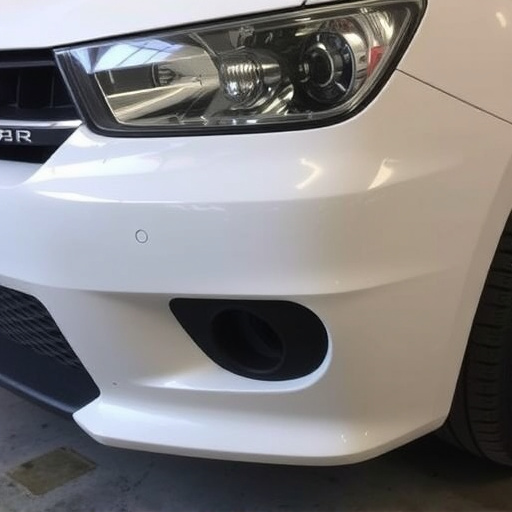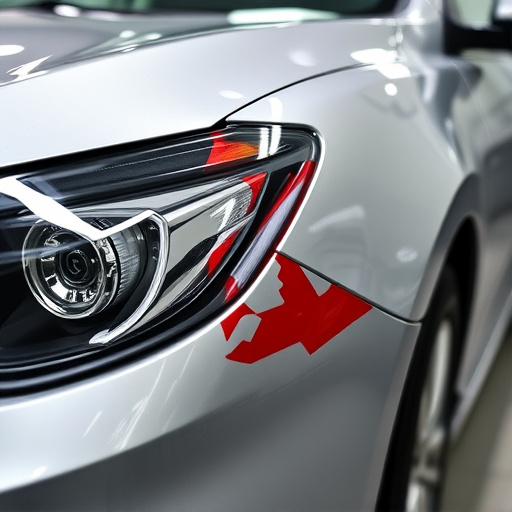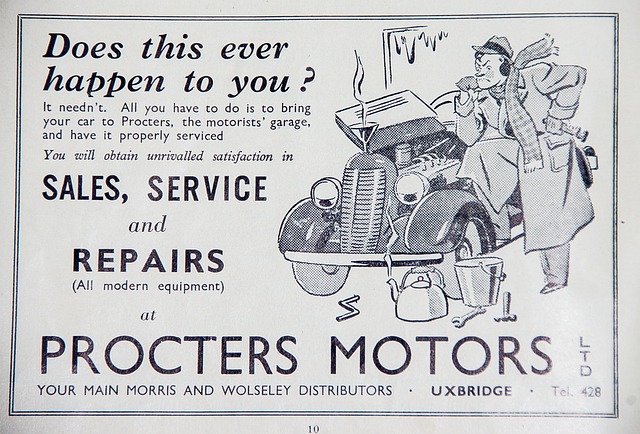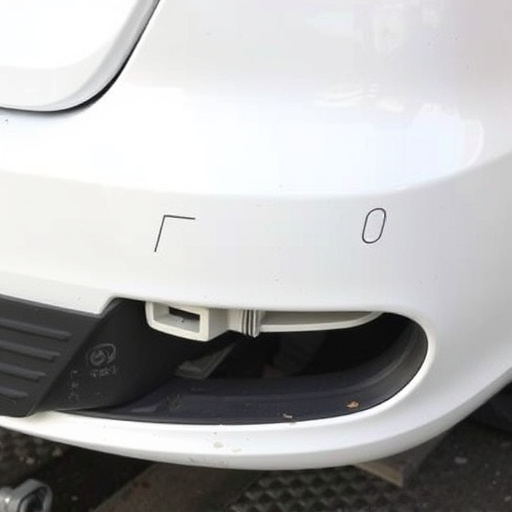Automotive refinishing quality control ensures vehicles meet aesthetic and performance standards through skilled inspections, functional testing, and adherence to industry standards. Effective QC involves specialized tools, standardized protocols, staff training, and records to detect imperfections, upholding modern standards for customer satisfaction and industry reputation. This meticulous process requires diverse techniques, advanced technology, and precise equipment for exceptional results.
In the dynamic realm of automotive refinishing, quality control (QC) is paramount to delivering flawless finishes. This comprehensive guide explores the intricate process of ensuring excellence in every layer applied to vehicles. From understanding the fundamental principles of QC to delving into key components and advanced tools, we uncover the secrets to achieving perfection. Discover how meticulous procedures and innovative techniques empower refinishers to create lasting, impeccable automotive surfaces.
- Understanding Automotive Refinishing Quality Control
- Key Components of Effective QC Procedures
- Ensuring Perfection: Tools and Techniques for Refinishers
Understanding Automotive Refinishing Quality Control
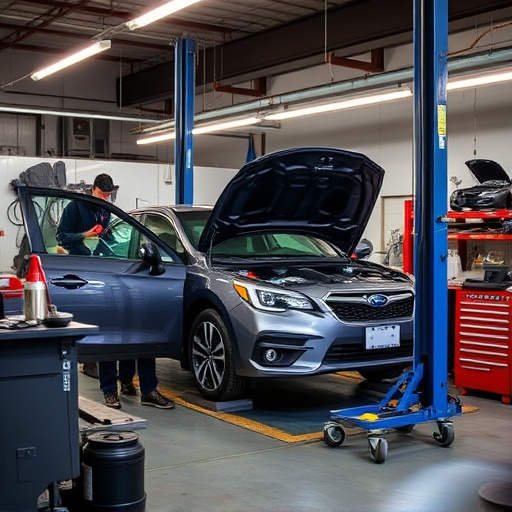
Automotive refinishing quality control is a meticulous process that ensures every vehicle leaving the body shop meets the highest standards of aesthetics and performance. It involves a comprehensive understanding of materials, techniques, and equipment used in car paint repair and collision damage repair processes. Skilled technicians meticulously inspect each repaired area, checking for consistency in color, texture, and finish. This includes examining panel gaps, ensuring seamless fusion, and verifying that no signs of uneven or improper painting remain.
Quality control in automotive refinishing goes beyond visual inspection. It encompasses functional testing to verify the integrity of the repair, ensuring components like seals and finishes withstand various environmental conditions. Regular calibration of equipment and adherence to industry standards are also vital aspects of maintaining quality. Body shop services that prioritize rigorous quality control guarantee not just visually appealing cars but also safe and reliable vehicles on the road.
Key Components of Effective QC Procedures
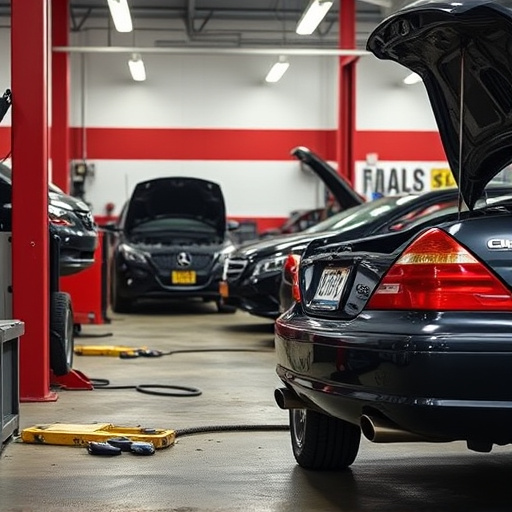
Effective Quality Control (QC) procedures in automotive refinishing are pivotal for ensuring top-notch finishes and customer satisfaction. The process involves a meticulous blend of equipment, techniques, and trained personnel to detect even the subtlest imperfections. Key components include comprehensive inspection tools such as magnifying glasses and advanced imaging technology, which enable detailed assessments of the work done. Standardized protocols and well-maintained records are also essential, allowing for consistent evaluation and tracking of progress across various collision center and collision repair shop operations.
Moreover, proper QC encompasses training staff in the latest refinishing techniques and materials to stay abreast of industry advancements. This continuous learning ensures that repairs meet modern standards, addressing not just visible defects but also underlying issues that could compromise the structural integrity of a vehicle. A robust QC system serves as a guardrail against subpar work, ultimately enhancing the reputation of both the repair shop and the automotive refinishing industry as a whole.
Ensuring Perfection: Tools and Techniques for Refinishers

In the realm of automotive refinishing, achieving perfection requires a meticulous approach and an array of specialized tools. Refinishers must possess a comprehensive understanding of various techniques to ensure every car’s exterior looks as good as new. This includes mastering sandpaper grits for removing imperfections, from coarse for heavy scraping to fine for subtle touch-ups. They rely on precision tools like air compressors, which provide the necessary airflow for sanding and painting, along with high-quality brushes and rollers to evenly apply coatings.
Advanced technology plays a significant role in modern refinishing practices. Refinishers utilize advanced paint systems that offer superior coverage and durability, often featuring protective layers against UV damage and corrosion. For instance, fixing collision damage repair or addressing car scratch repair involves specialized equipment like spray guns with adjustable settings for consistent color matching. Even auto glass replacement is facilitated by precision tools to ensure a seamless fit, contributing to the overall quality control process in automotive refinishing.
Automotive refinishing quality control is an intricate process that ensures vehicles receive flawless finishes. By understanding key components like surface preparation, paint application techniques, and inspection methods, refinishers can deliver superior results. Utilizing advanced tools and techniques allows for precise control, ensuring every detail meets the highest standards. Investing in effective QC procedures not only guarantees customer satisfaction but also fosters credibility within the automotive refinishing industry.
